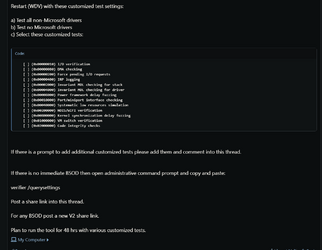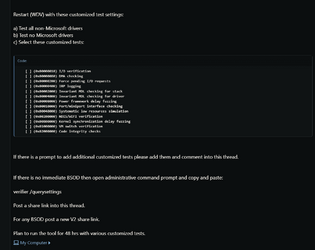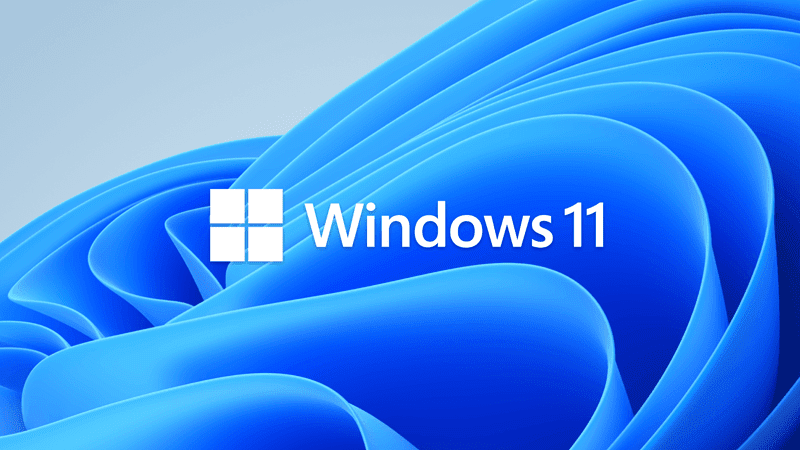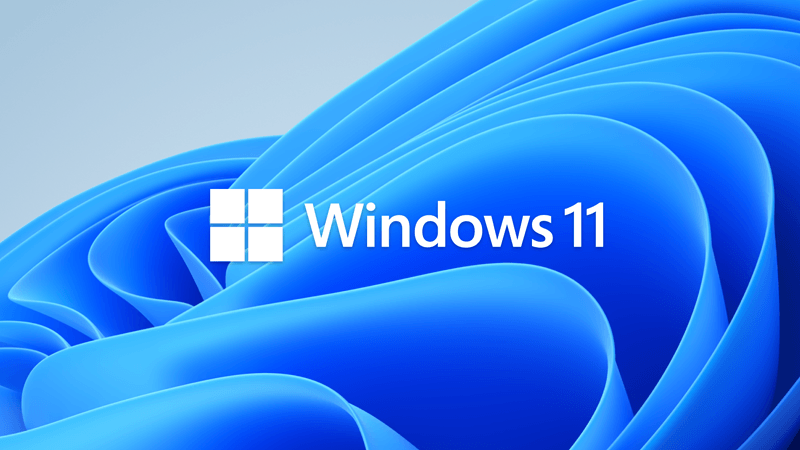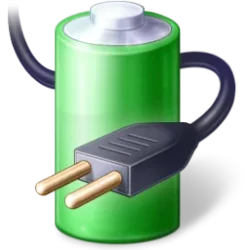- Local time
- 4:39 AM
- Posts
- 1,992
- OS
- WIN 11, WIN 10, WIN 8.1, WIN 7 U, WIN 7 PRO, WIN 7 HOME (32 Bit), LINUX MINT
When issues are taking more time to repair than a re installation of the OS and all the apps I use would take, I just reinstall the OS. Windows Recovery is not always reliable and System Restore frequently fails. Once I've done all the disc checking and scanning and have finished messing about with msconfig etc. and I'm still not getting results I stop wasting time. I'll just strip off all my personal data files and reinstall the entire OS. These days it's a relatively fast procedure. Once the OS is installed I can then install one app at a time and observe to see which app (if any) is causing the issue. This is a bit like trouble shooting on the fly, but sometimes you can actually save time doing it this way other than running test after test and seemingly getting nowhere. Yes, you want to keep your recovery partitions. You want a complete OS.Two options to increase C: size with the unallocated space are:
1) use third party software
2) delete the recovery partition > extend the C: partition so that there is no unallocated space > in place upgrade repair to create the new recovery partition
Monitor the computer for one week.
Software that stress test hardware often display pass when there is malfunctioning hardware (false negatives).
I stress the fact that I do this after "system restore", "system recovery", disc chk, sfc scannow, and finally, "reset your computer" options have all been exhausted. Generally speaking, if you have to spend three hours trying to fix an issue at the domestic end user level and you can't isolate the problem by then, a reset or re install are in order. It takes very little time to save personal files to an external drive (normally). Just my opinion, of course. I'm sure exceptions exist.
My Computer
System One
-
- OS
- WIN 11, WIN 10, WIN 8.1, WIN 7 U, WIN 7 PRO, WIN 7 HOME (32 Bit), LINUX MINT
- Computer type
- PC/Desktop
- Manufacturer/Model
- DIY, ASUS, and DELL
- CPU
- Intel i7 6900K (octocore) / AMD 3800X (8 core)
- Motherboard
- ASUS X99E-WS USB 3.1
- Memory
- 128 GB CORSAIR DOMINATOR PLATINUM (B DIE)
- Graphics Card(s)
- NVIDIA 1070
- Sound Card
- Crystal Sound (onboard)
- Monitor(s) Displays
- single Samsung 30" 4K and 8" aux monitor
- Screen Resolution
- 4K and something equally attrocious
- Hard Drives
- A, B, C, D, E, F, G, H, I, J, K, L, M, N, O, P, Q, R, S, T, U, V, W
Ports X, Y, and Z are reserved for USB access and removable drives.
Drive types consist of the following: Various mechanical hard drives bearing the brand names, Seagate, Toshiba, and Western Digital. Various NVMe drives bearing the brand names Kingston, Intel, Silicon Power, Crucial, Western Digital, and Team Group. Various SATA SSDs bearing various different brand names.
RAID arrays included:
LSI RAID 10 (WD Velociraptors) 1115.72 GB
LSI RAID 10 (WD SSDS) 463.80 GB
INTEL RAID 0 (KINGSTON HYPER X) System 447.14 GB
INTEL RAID 1 TOSHIBA ENTERPRIZE class Data 2794.52 GB
INTEL RAID 1 SEAGATE HYBRID 931.51 GB
- PSU
- SEVERAL. I prefer my Corsair Platinum HX1000i but I also like EVGA power supplies
- Case
- ThermalTake Level 10 GT (among others)
- Cooling
- Noctua is my favorite and I use it in my main. I also own various other coolers. Not a fan of liquid cooling.
- Keyboard
- all kinds.
- Mouse
- all kinds
- Internet Speed
- 360 mbps - 1 gbps (depending)
- Browser
- FIREFOX
- Antivirus
- KASPERSKY (no apologies)
- Other Info
- I own too many laptops: A Dell touch screen with Windows 11 and 6 others (not counting the other four laptops I bought for this household.) Being a PC builder I own many desktop PCs as well. I am a father of five providing PCs, laptops, and tablets for all my family, most of which I have modified, rebuilt, or simply built from scratch. I do not own a cell phone, never have, never will.

